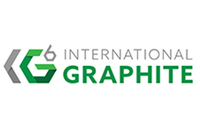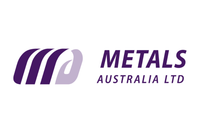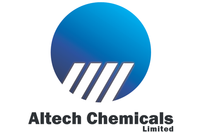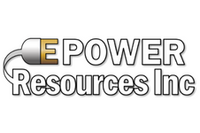Graphite Market Update: H1 2022 in Review
Here’s an overview of the graphite market in H1 2022, and what market participants are expecting for the rest of the year.
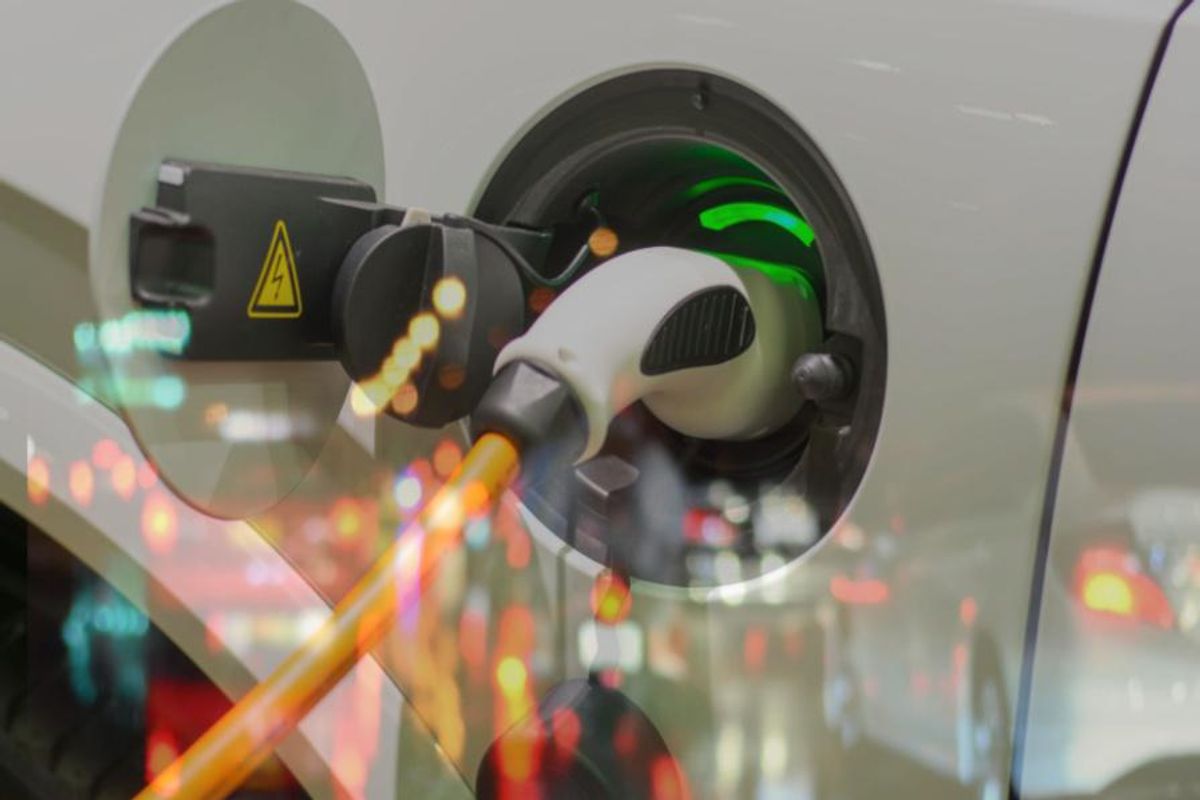
Click here to read the previous graphite market update.
As the world continues to move away from fossil fuels to green sources of energy, the role of battery metals is becoming increasingly important, and graphite is no exception.
Analysts continue to be optimistic about the future of graphite and its use in electric vehicle (EV) batteries — at least for the next few years. Both synthetic graphite and natural graphite, in the form of the intermediate product spherical graphite, are currently used in the anodes of lithium-ion batteries.
What has happened in the graphite market so far in 2022? Read on to learn about the main supply and demand dynamics in H1 and what market participants are expecting for the rest of the year.
Graphite market update: Key pricing trends
Last year, graphite prices rallied alongside most battery metals, as demand from the EV market picked up pace and the energy crisis put constraints on the market.
Graphite prices increased over the first half of 2022, which Daisy Jennings-Gray of Benchmark Mineral Intelligence told the Investing News Network is fairly typical for the commodity, particularly in Q1 and early Q2, because the cold weather in Heilongjiang province in Northeast China prevents operations from running,
“However, concerns over some of the mines in Luobei, where environmental transgressions had been uncovered by government inspections, did provide some stronger-than-usual upside to pricing in H1 2022,” she said.
Prices for higher-purity 100 mesh flake material, typically used for anodes in the batteries that power EVS, saw a nearly 30 percent increase in the first half of the year.
“Nonetheless, towards the end of Q2, with domestic seasonal supply ramping back up following expansion updates to facilities in the off season, prices began to soften again, as expected,” Jennings-Gray said.
Graphite market update: Supply and demand
At the end of last year, analysts were expecting demand from the battery segment to continue to grow on the back of increased EV sales, with growth opportunities for both synthetic and natural graphite.
By volume, graphite is one of the most important elements in any EV battery; there are between 50 and 100 kilograms of graphite, whether synthetic or natural, present within each vehicle.
Overall, Benchmark Mineral Intelligence still expects to see a tightly balanced flake graphite market in 2022, leaning towards a supply deficit as demand from the anode industry continues to accelerate.
“Synthetic graphite production is still expected to be in slight surplus; however, that market is tight too as the ever-growing capacity demands from the anode industry strengthen,” Jennings-Gray said.
In the second half of the year, demand for natural graphite looks as if it will continue to accelerate, with the Chinese EV market recovering very quickly following COVID-19 lockdowns in Shanghai in the second quarter.
“Anode majors and new market entrants alike continue to announce ambitious project plans, which will continue to require increasing volumes of graphite,” Jennings-Gray said.
Downstream demand over April and May was stifled by containment measures, although domestic graphite facilities themselves were largely unaffected by lockdowns.
“Issues with transport logistics did raise some concerns over availability of supply, providing some upside to pricing during April and May,” she said.
In 2021, China remained the world’s largest natural graphite producer, putting out 820,000 metric tons of the metal, significantly higher than the amount it produced in the previous two years. According to the US Geological Survey, the country accounted for 79 percent of world graphite mining in 2021. Brazil came in second, followed by Mozambique, with production reaching 68,000 metric tons and 30,000 metric tons respectively.
A notable amount of flake graphite from project developers outside of China is expected to come online in 2022, which will provide additional, and diversified, supply to market in 2023 and 2024.
“Overall, supply ramp up is not expected to be able to keep pace with demand from the anode industry in the second half of 2022 and going into 2023,” Jennings-Gray said. “But increasingly weak demand from traditional sectors as China clamps down on its carbon emissions will continue to provide some demand-side relief.”
Today, synthetic graphite anodes make up the majority of market share, and approximately 57 percent of the anode market, according to Benchmark Mineral Intelligence.
But concerns over the energy intensity of synthetic graphite remains a global challenge in regards to ramping up supply of this anode material.
“In China, efforts have been concentrated on developing synthetic graphite anode facilities in the southwestern provinces, where renewable energy, particularly hydroelectric power, is more readily available, after energy restrictions in other regions have become a concern,” Jennings-Gray said.
Additionally, rising oil prices amid the global energy crisis have given way to concerns over feedstock costs for synthetic graphite. That’s because the favored needle coke feedstock is a by-product of oil refineries.
“As such, some anode manufacturers have turned to using pitch coke as feedstock, which is sourced from coal, raising concerns further over pollution,” Jennings-Gray added.
Graphite market update: What’s ahead
Now that H1 is over, investors are looking for cues as to what could move the market going forward.
In terms of prices, given higher domestic seasonal supply in Q3 that will then wane in Q4, prices for anode end-use finer mesh sizes are likely to see some of the typical seasonal volatility.
“However, if recovery from COVID-19 lockdowns in China keeps momentum, then price upside is more likely than price downside, especially with no major volumes from new projects or expansions due to come online before the end of the year,” Jennings-Gray said.
That said, ongoing high global shipping prices will likely continue to prevent pricing from increasing dramatically, particularly for material from Africa.
“For larger flake typically used in industrial end applications, pricing will likely see stability or some softening as demand from these sectors wanes under Chinese environmental measures and concerns over the global economy,” she explained.
A key factor to keep an eye out for in the second half is further COVID-19 lockdowns, and whether these will hamper downstream demand or impact regions where graphite processing is happening.
Spheronization capacity is also a catalyst to keep in mind, according to Jennings-Gray, as previously there was a lot of latent spheronization capacity in China. “Accelerating anode demand has begun to squeeze this capacity and has begun to force anode manufacturers to develop their own integrated capacity,” she said. “As such, tolling has increased, tightening margins for anode producers.”
Other natural or geopolitical factors seen in the first half of the year — such as increasing regularity of cyclones in Madagascar as a result of climate change, and insurgent attacks in Mozambique — are also catalysts that could impact the market going forward.
Don’t forget to follow us @INN_Resource for real-time updates!
Securities Disclosure: I, Priscila Barrera, hold no direct investment interest in any company mentioned in this article.
Editorial Disclosure: The Investing News Network does not guarantee the accuracy or thoroughness of the information reported in the interviews it conducts. The opinions expressed in these interviews do not reflect the opinions of the Investing News Network and do not constitute investment advice. All readers are encouraged to perform their own due diligence.

